Greengiant
Western Thunderer
Work on the Ford Thames continues. The rear axle casting has been milled out, a test 3D print of the motor mount and axle holder was fitted to prove the concept.
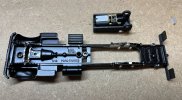

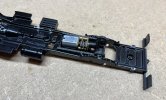

From above showing slots left for mudguard mounts. When the rear bed is in place, none of this will be seen.
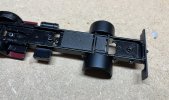

Next up was to mill out some of the original front axle mount. This was going fine until the belt snapped in the mini pillar drill.
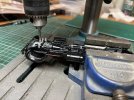

Investigation suggests the original orange belts are weld joined and not the best. I have sourced a couple of nitrile belts which are not welded and they should be here next week.
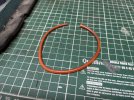

Martin


From above showing slots left for mudguard mounts. When the rear bed is in place, none of this will be seen.

Next up was to mill out some of the original front axle mount. This was going fine until the belt snapped in the mini pillar drill.

Investigation suggests the original orange belts are weld joined and not the best. I have sourced a couple of nitrile belts which are not welded and they should be here next week.

Martin












